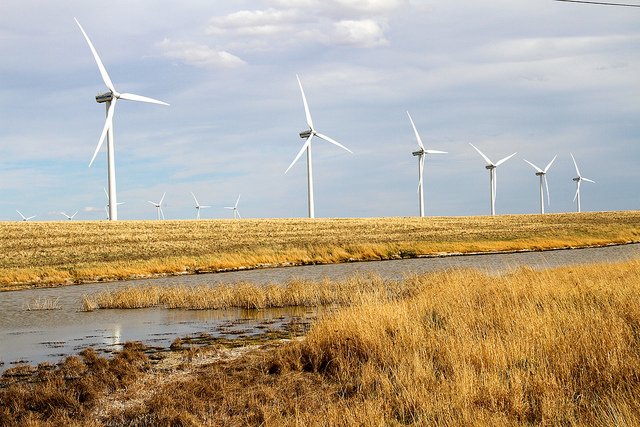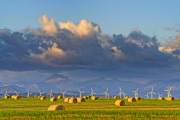With Alberta’s commitment to phase out coal-fired power and the introduction of a new renewable energy target, the province’s electricity system has been the subject of much attention of late. While support remains for the plans to phase out coal-fired power and the associated emissions and air pollution, there is understandably concern about the right path forward to replacing retiring generation capacity and the impact on electricity costs.
As it currently stands, the draft of the new capacity market is poised to make the situation worse for an affordable, reliable electricity pathway in Alberta, given the express exclusion of clean energy portfolio resources like energy efficiency, and the design of the rules that effectively exclude others. This risks the capacity market encouraging the development of natural gas generation over clean energy options.
The good news is it’s not too late to correct this — Alberta still has a healthy reserve margin in the electricity system with no need for immediate development. In the meantime, we can learn more about what clean energy options are available.
A recently released report from the American think tank Rocky Mountain Institute provides some insight by examining the economics of different options to replace retiring thermal generation. The research looked at four regions of the U.S. and found that in all cases a “clean energy portfolio” was the lower cost option compared to build-out of new natural gas combined cycle and combustion turbine power plants. We can also learn from jurisdictions testing this research on the ground: Xcel Energy in Colorado just released its Colorado Energy Plan portfolio, which has the majority of energy from coal replaced by a clean energy portfolio.
By a “clean energy portfolio,” the Rocky Mountain Institute means an energy mix made up of energy efficiency, demand response, distributed and utility scale energy storage, as well as distributed and utility scale renewable energy. By using the combined properties of different resource types, it was found that this energy mix was able to provide the full suite of grid services required — including energy, capacity and flexibility. The study found that rapidly falling renewable energy costs over the past decade, along with increased experience from developers and grid operators enables these portfolios to provide the required services at a lower cost while avoiding the risk of stranding infrastructure. While there will likely remain a role for natural gas in the electricity sector, there is a massive risk of operating under outdated assumptions and investing in natural gas generation that is ultimately not needed.
There are clear barriers identified to this lower cost development, many of which are familiar to Alberta. These include markets that were designed around centralized solutions that don’t allow new technologies to compete, old habits of thinking of new portfolio options, like clean energy as small tweaks and additions instead of viable options to make up the bulk of energy generation for less cost, and old information that doesn’t reflect the reality of prices and performance in technologies with rapidly declining costs.
These are certainly not insurmountable barriers. In fact, we are part of the way there with recent policy decisions – the renewable energy target will encourage development of utility scale renewable energy, while the creation of Energy Efficiency Alberta (EEA) has the province in a position to catch up on years of missed energy efficiency development. But with a renewable energy target covering only 30% of generation in 2030, no integration of energy efficiency into the utility system, and EEA limited in the total amount of energy efficiency it can pursue, combined with barriers to distributed renewables such as rooftop solar and energy storage, this leaves a significant gap remaining with a projection of 62% of Alberta’s generation from natural gas in 2032, up from 30% in 2017.
With projected numbers like this, we can’t afford to wait longer. While we currently are at a fork in the road, in our view there’s a clear path forward. Building off of the steps already taken, Alberta can ensure the development of a cost effective electricity system by moving to more fully integrate energy efficiency, distributed generation and storage into the utility system and replace a significant fraction of the retiring coal plants with energy efficiency. Alberta can create market rules that allow resources such as distributed generation, demand response, and storage to all be paid for the value they deliver – making them competitive in the market. This will allow Alberta to build the right grid for the future that delivers affordable and clean energy.









